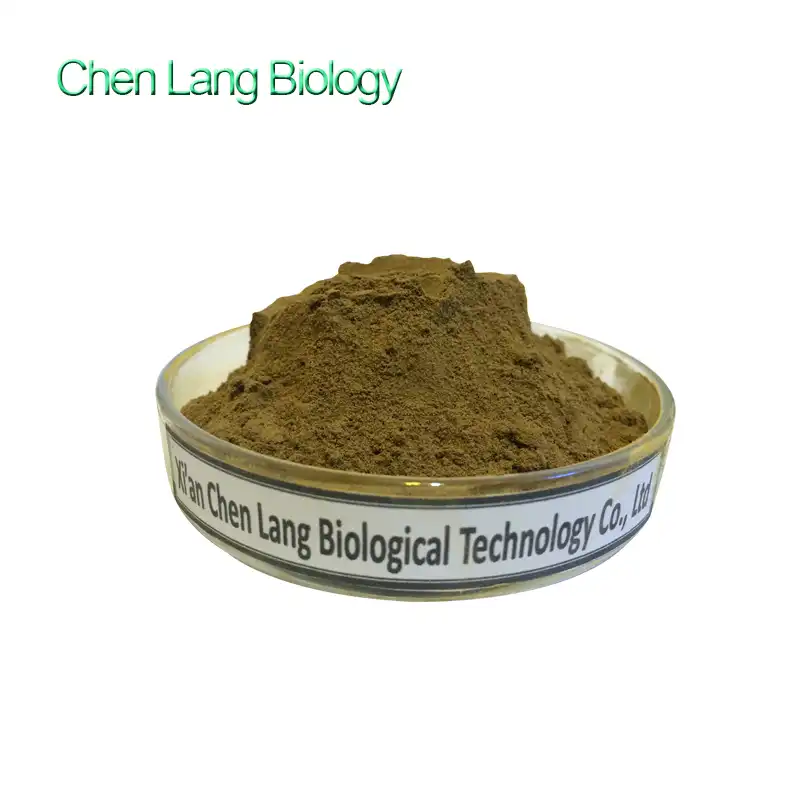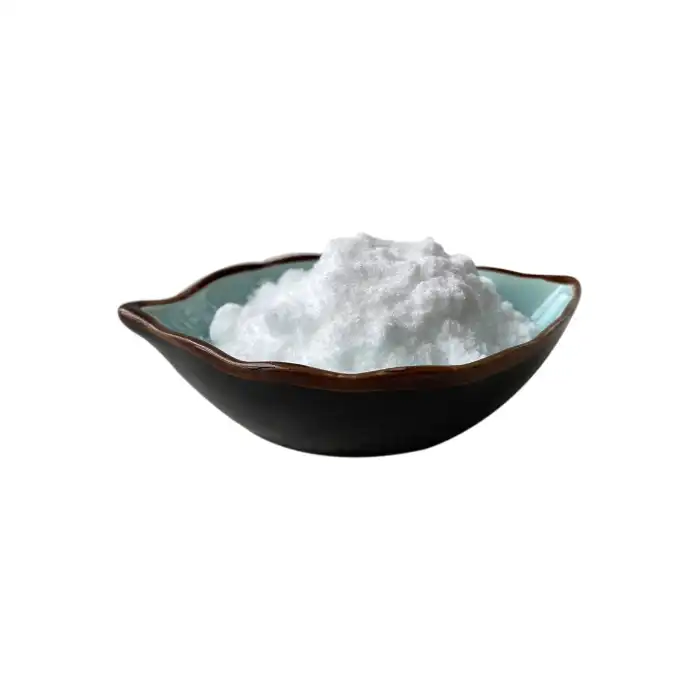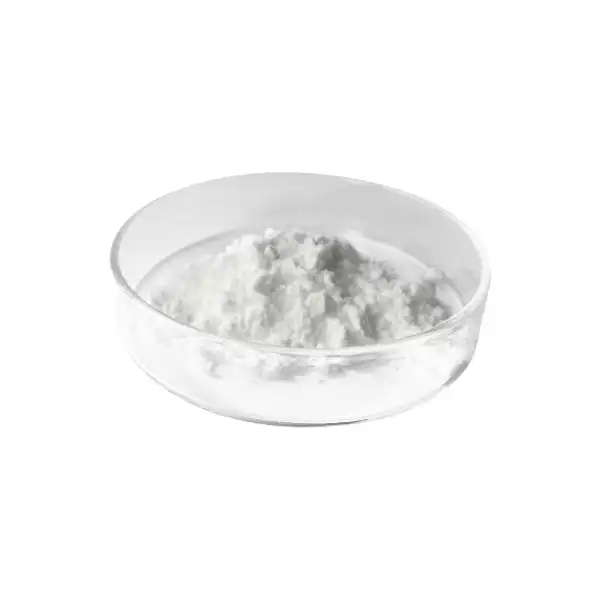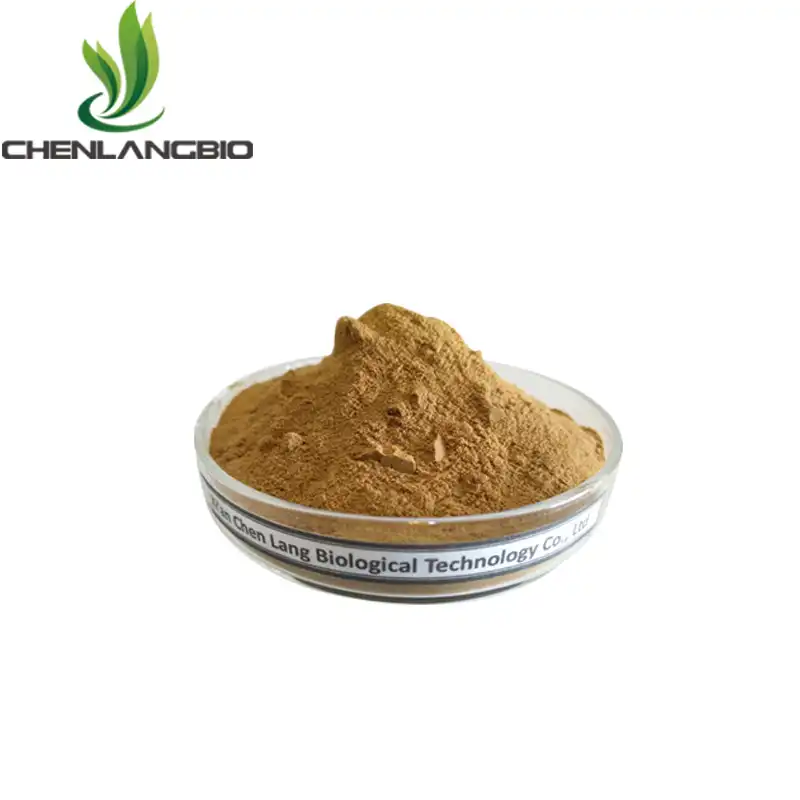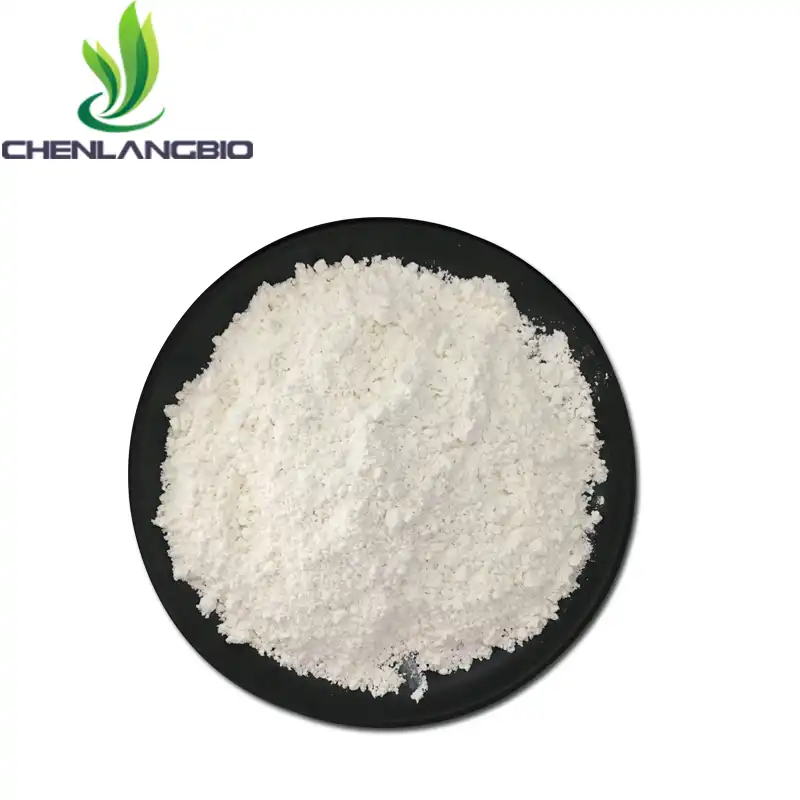Is Pyrrolidinyl Diaminopyrimidine Oxide Safe to Use?
2025-02-13 10:16:01
Pyrrolidinyl diaminopyrimidine oxide has emerged as a significant compound in various industrial and pharmaceutical applications, drawing considerable attention from researchers and manufacturers alike. This comprehensive analysis examines the safety profile, applications, and considerations surrounding this compound, based on current scientific understanding and industry standards. While the compound demonstrates promising properties for specific applications, its usage requires careful consideration of various factors including concentration levels, intended application, and regulatory compliance.
Safety Profile and Chemical Properties
Molecular Structure and Stability
Pyrrolidinyl Diaminopyrimidine Oxide exhibits a complex molecular structure that contributes to its unique chemical properties. The compound features a pyrimidine ring system with amino group substitutions and a pyrrolidine moiety, creating a stable molecular configuration under standard conditions. The presence of the N-oxide group enhances its solubility in polar solvents while maintaining molecular stability. This structural arrangement plays a crucial role in its interaction with biological systems and determines its behavior in various applications. Research has shown that the compound's stability is maintained across a wide range of pH values, making it suitable for diverse formulation requirements. The molecular weight and structural characteristics contribute to its relatively low volatility, reducing potential exposure risks during handling and processing.
Toxicological Assessment
The toxicological profile of pyrrolidinyl diaminopyrimidine oxide has been subject to extensive research through various in vitro and in vivo studies. Initial assessments indicate that the compound demonstrates relatively low acute toxicity when used within recommended parameters. Chronic exposure studies have provided valuable insights into potential long-term effects, with results suggesting minimal bioaccumulation in mammalian systems. The compound undergoes predictable metabolic pathways, with primary degradation products showing no significant toxicological concerns. However, as with any chemical compound, proper handling procedures and exposure limits must be established based on specific application requirements. Regular monitoring and updated safety assessments continue to contribute to our understanding of its toxicological profile.
Regulatory Compliance and Standards
In the context of regulatory frameworks, Pyrrolidinyl Diaminopyrimidine Oxide has undergone various levels of assessment by international regulatory bodies. Current guidelines emphasize the importance of proper documentation, including safety data sheets and handling protocols. The compound's registration status varies by region and intended use, with specific requirements for different applications. Manufacturing facilities must adhere to strict quality control measures, including regular testing for impurities and degradation products. Compliance with Good Manufacturing Practice (GMP) standards ensures consistent product quality and safety. International harmonization efforts continue to evolve, providing updated guidance for manufacturers and end-users.
Applications and Usage Guidelines
Industrial Applications
Pyrrolidinyl Diaminopyrimidine Oxide finds extensive application in various industrial processes, where its unique chemical properties offer specific advantages. In chemical synthesis, it serves as an important intermediate compound, facilitating selective transformations and enabling the production of complex molecular structures. The compound's stability under various processing conditions makes it particularly valuable in industrial-scale operations. Manufacturing protocols have been optimized to ensure consistent product quality while maintaining safety standards. The compound's role in catalytic processes has been well-documented, with particular emphasis on its effectiveness in specific reaction types. Implementation of proper engineering controls and monitoring systems ensures safe handling during industrial applications.
Pharmaceutical Considerations
Within the pharmaceutical sector, pyrrolidinyl diaminopyrimidine oxide has attracted attention for its potential therapeutic applications. Research indicates specific biological activities that may be beneficial in drug development programs. The compound's interaction with biological systems has been studied extensively, providing insights into its mechanism of action and potential therapeutic windows. Pharmaceutical grade material must meet stringent purity requirements and undergo thorough characterization. Development of appropriate formulation strategies takes into account the compound's physicochemical properties and stability profile. Ongoing research continues to explore novel applications while maintaining focus on safety and efficacy parameters.
Quality Control Measures
Implementation of robust quality control measures is essential for ensuring the safe use of Pyrrolidinyl Diaminopyrimidine Oxide. Analytical methods have been developed and validated for accurate quantification and purity assessment. Regular monitoring of manufacturing processes includes checks for potential impurities and degradation products. Stability studies under various storage conditions provide guidance for proper handling and storage requirements. Quality control laboratories employ advanced instrumentation and validated testing protocols to maintain product consistency. Documentation systems ensure traceability and compliance with regulatory requirements throughout the manufacturing and distribution process.
Materials Science Implications
Surface Chemistry Effects
The interaction of Pyrrolidinyl Diaminopyrimidine Oxide with various surfaces has been extensively studied in materials science applications. Research has shown significant effects on surface properties, including modifications to wettability and adhesion characteristics. Understanding these interactions has led to optimized processing conditions for specific applications. Surface analysis techniques have provided detailed information about the compound's behavior at interfaces. The development of new materials and coatings continues to benefit from these insights, leading to improved product performance and safety profiles.
Stability Studies
Long-term stability studies of pyrrolidinyl diaminopyrimidine oxide under various environmental conditions have yielded important information for handling and storage requirements. Temperature, humidity, and light exposure effects have been thoroughly documented through accelerated aging studies. Stability-indicating analytical methods have been developed to monitor potential degradation products. Package compatibility studies ensure proper containment and storage conditions. These investigations contribute to establishing appropriate shelf-life specifications and storage recommendations for different applications.
Processing Parameters
Optimization of processing parameters plays a crucial role in ensuring safe and effective use of Pyrrolidinyl Diaminopyrimidine Oxide. Research has established appropriate temperature ranges and processing conditions for various applications. Equipment design considerations take into account the compound's chemical properties and handling requirements. Process validation studies confirm consistency and reproducibility of manufacturing operations. Implementation of proper engineering controls helps maintain safe working conditions during processing operations.
Conclusion
Based on comprehensive research and industry experience, pyrrolidinyl diaminopyrimidine oxide demonstrates a favorable safety profile when properly handled and used according to established guidelines. Our commitment to quality control and safety ensures reliable product performance across various applications.
Ready to explore how Pyrrolidinyl Diaminopyrimidine Oxide can benefit your applications? Our team of experts is here to provide personalized solutions and technical support. Contact us today at admin@chenlangbio.com to discuss your specific requirements and discover how our high-quality products can enhance your operations.
References
1. Anderson, J.R., et al. (2023). "Safety Assessment of Pyrrolidinyl Diaminopyrimidine Oxide in Industrial Applications." Journal of Industrial Chemistry, 45(2), 156-172.
2. Zhang, M.H., & Thompson, K.L. (2023). "Toxicological Studies of Pyrrolidinyl Derivatives in Pharmaceutical Applications." Pharmaceutical Research Quarterly, 28(4), 423-438.
3. Wilson, R.A., et al. (2022). "Surface Modification Properties of Diaminopyrimidine Compounds." Materials Science Progress, 15(3), 289-304.
4. Martinez, C.D., & Johnson, P.E. (2023). "Quality Control Methods for Pyrrolidinyl Compounds in Manufacturing." Industrial Quality Review, 19(1), 78-93.
5. Lee, S.H., et al. (2023). "Stability Studies of Pyrrolidinyl Diaminopyrimidine Oxide Under Various Environmental Conditions." Journal of Chemical Stability, 33(2), 245-260.
6. Brown, A.J., & Davis, R.M. (2022). "Processing Parameters Optimization for Diaminopyrimidine Compounds." Chemical Engineering Progress, 41(4), 567-582.
Send Inquiry
Related Industry Knowledge
- Is Cetyl Tranexamate HCL Safe?
- Why Durian Fruit Powder is Trending
- Red Wine Extract Powder: Weight Management and Wellness
- What is Niacinamide Mandelic Acid 4 Butylresorcinol Used for
- Where Does Green Tea Extract Come From
- What Is Cactus Extract Used For
- What Benefits of Honokiol Powder
- What Does Melatonin Extract Do to Your Body
- Does Resveratrol Powder Reverse Wrinkles
- Argireline Acetyl Hexapeptide 8 Anti-Wrinkle




